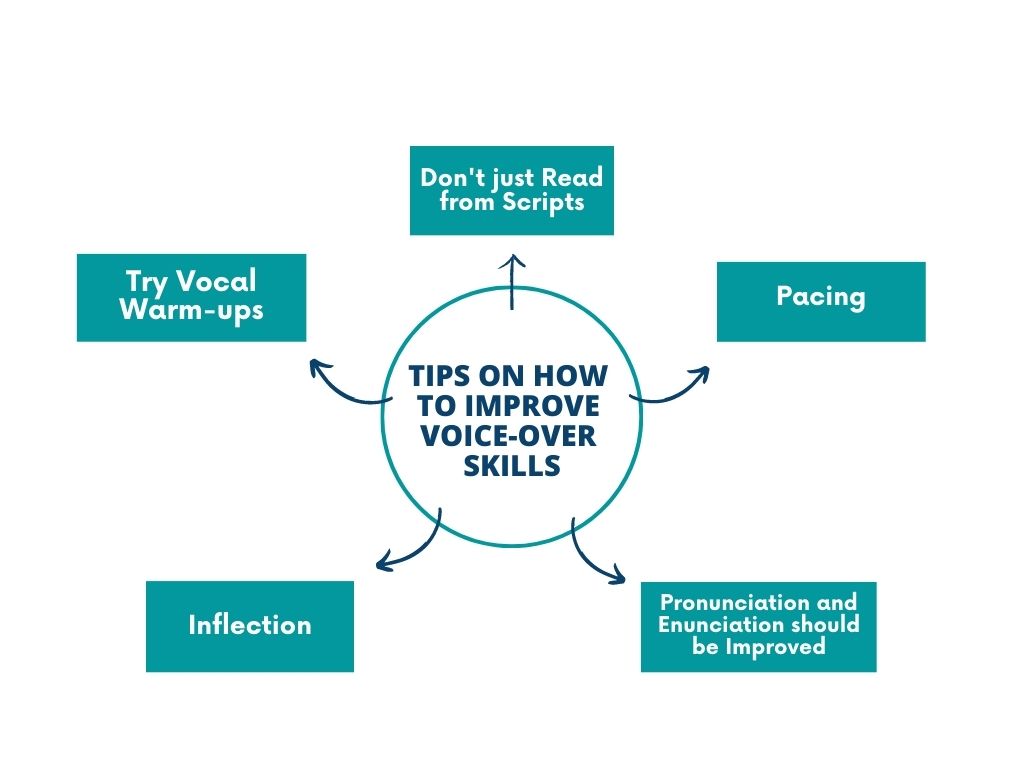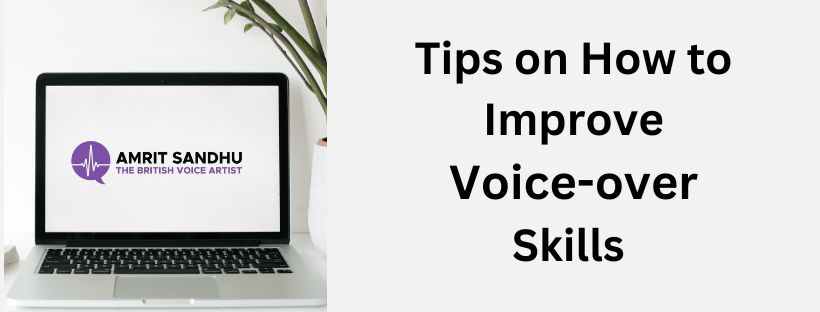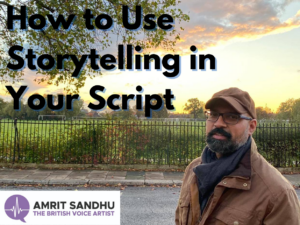Making videos is enjoyable, but it can be challenging to add voiceover. Since voice-over gives you the opportunity to increase your audience, skipping it would be a terrible mistake.
How can you, therefore, improve your voice-over skills?
The voice-over skills should be enhanced in accordance with the requirements. You must be aware of the various methods for engaging your audience and the checklist you must complete in order to make your script captivating, entertaining, believable, and concise.
Many of you might believe that the visual component should precede the auditory component, but that is incorrect. If you do a poll, you’ll discover that the majority of video viewers refrain from watching a video just due to poor audio quality.
With video, you must therefore focus on audio as well through efficient voice-over translation in order to meet audience expectations. We’ll talk about how to develop your voice-over abilities in this blog to raise the caliber of your voice-over.

Try Vocal Warm-ups
Warming up your voice with vocal exercises is a crucial step to do when performing basic or accurate voice-over dubbing. Breathing exercises and vocal warm-ups are two techniques you’ll discover to be incredibly helpful while getting ready for any performance you give.
You may feel more at ease when recording with clear breathing support if you warm up your voice and practice enunciation. By doing this, you can also improve the audio quality.
Don’t just read from the script
The voice shouldn’t come across as though the voice actor is merely reading the script. Even if you are just reading the script, make sure it sounds natural, as if you are having a discussion with a buddy.
If you work in the corporate sector and want to make an advertisement where the voice should promote the product, you must emphasize the name of the item. The voice shouldn’t sound forced in the video; simply add a little emphasis to give it more impact. Voice-over can play a key part in increasing viewer engagement if handled appropriately.
Pacing
Have you ever heard a story told in such a hurry because the speaker was so excited that you were unable to retain or comprehend what they had said? Pacing is a term used to describe this.
A methodical and continuous tempo should be used in the voice-over. It should not be too quick for your listeners to even comprehend one word or too slow that your listeners will fall asleep. Prior to recording, you must perform it at a natural pace several times.
Inflection
Inflection refers to a voice’s fluctuation or intonation modulation. Rhythm, stress, accent, cadence, lilt, emphasis, tone, and other terms are other names for inflection. It can be split into high and low tones, which you can choose depending on how you want to say a word.
You can show openness, friendliness, positivism, excitement, ask, encourage, or persuade by speaking with a high-up inflection. Without it, you won’t sound relatable, approachable, or likeable in voice-over.
With regard to low inflection, it is utilized to imply assurance, friendliness, professionalism, certainty, intellect, and a lack of any ifs or buts. If you employ this inflection excessively, you risk sounding stiff or serious. But this is among the most sensible techniques for recording voice-over work.
Pronunciation and enunciation should be improved.
The voice-over should be performed with proper enunciation and pronunciation. Each word should be pronounced accurately and clearly enough to be understood. Do not shout, but do not mumble either.
Pay attention to regional dialects and speak the words as if you were a native speaker. The audience will feel at home because of this. Even if a particular pronunciation of some terms could be entirely acceptable in one country, it may be confusing to others from other countries.
Making the voice sound genuine and crystal clear is the best thing you can do. By practicing and working with a voice actor who has the experience, the rest may be ensured.
These are some skills that will always be effective. They serve as the cornerstones of increasing the value and engagement of a voice-over and expanding the audience for the video.



